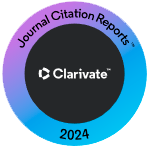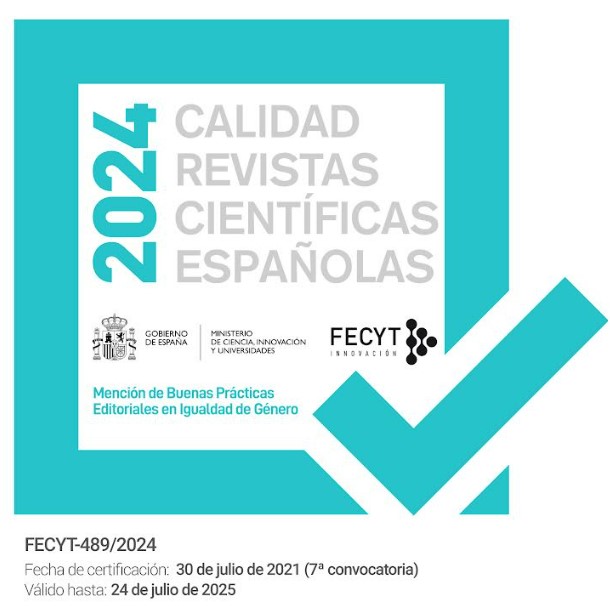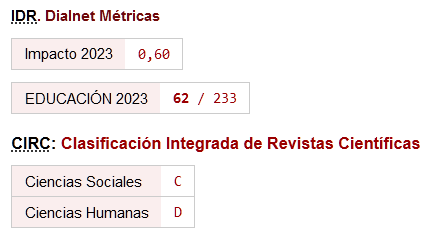University students' perspectives on Artificial Intelligence
A survey of attitudes and awareness among Interior Architecture students
DOI:
https://doi.org/10.46661/ijeri.8429Keywords:
AI, Interior design, TAM, SEM, Education, ChatGPT, Stable Diffusion, MidjourneyAbstract
This study explores interior architecture students' perspectives on artificial intelligence (AI) technologies and their implications for future career prospects. A survey of 230 third-year interior architecture students in China utilized a Technology Acceptance Model (TAM)-based questionnaire, yielding 158 valid responses. The investigation aimed to gauge students' familiarity with recent AI advancements (e.g., ChatGPT, Stable Diffusion, Midjourney) and their readiness to incorporate AI into their future careers. Findings unveiled limited awareness of cutting-edge AI technologies and concerns about AI's impact on employment opportunities. Nonetheless, students exhibited receptiveness to integrating AI for enhanced productivity and creativity. The structural equation modeling verified TAM's efficacy in forecasting students' AI acceptance intentions, highlighting perceived usefulness and ease of use as pivotal factors. The study's insights offer guidance for educational institutions to cultivate emerging technology competence among students, enabling them to excel in a design industry undergoing AI-driven transformations. The study's contribution lies in the application of TAM to evaluate AI acceptance within the distinct domain of interior design education.
Downloads
References
Ahmed, F., Fattani, M. T., Ali, S. R., & Enam, R. N. (2022). Strengthening the Bridge Between Academic and the Industry Through the Academia-Industry Collaboration Plan Design Model. Frontiers in Psychology, 13, 875940. https://doi.org/10.3389/fpsyg.2022.875940
Bates, A. W. (Tony). (2022). Teaching in a digital age—Third edition—Translators’ version. Tony Bates Associates Ltd. https://opentextbooks.uregina.ca/teachinginadigitalagev3/
Cengage Group. (2023). Cengage group 2023 graduate employability report: AI joins the workforce. https://cengage.widen.net/s/nvd6ghd8vl/final-cg-employability-survey-report-july2023
Chan, C. K. Y., & Hu, W. (2023). Students’ voices on generative AI: Perceptions, benefits, and challenges in higher education. International Journal of Educational Technology in Higher Education, 20(1), 43. https://doi.org/10.1186/s41239-023-00411-8
Chen, L., Chen, X., Wu, S., Yang, Y., Chang, M., & Zhu, H. (2023). The future of ChatGPT-enabled labor market: A preliminary study. https://doi.org/10.48550/ARXIV.2304.09823
Davis, F. D. (1989). Perceived usefulness, perceived ease of use, and user acceptance of information technology. MIS Quarterly, 13(3), 319. https://doi.org/10.2307/249008
Ellingrud, K., Sanghvi, S., Dandona, G. S., Madgavkar, A., Chui, M., White, O., & Hasebe, P. (2023). Generative AI and the future of work in America [McKinsey Center for Government]. https://www.mckinsey.com/mgi/our-research/generative-ai-and-the-future-of-work-in-america
Gansser, O. A., & Reich, C. S. (2021). A new acceptance model for artificial intelligence with extensions to UTAUT2: An empirical study in three segments of application. Technology in Society, 65, 101535. https://doi.org/10.1016/j.techsoc.2021.101535
IPSOS. (2022). Global opinions and expectations about AI. https://www.ipsos.com/sites/default/files/ct/news/documents/2022-01/Global-opinions-and-expectations-about-AI-2022.pdf
JFF. (2023). 2023 artificial intelligence & the future of work survey highlights. https://info.jff.org/artificial-intelligence-the-future-of-work-survey
KPMG LLP. (2023). Generative AI: From buzz to business value. https://advisory.kpmg.us/articles/2023/2023-kpmg-generative-ai-survey.html
Marikyan, D., & Papagiannidis, S. (2023). Technology acceptance model—TheoryHub—Academic theories reviews for research and T&L. https://open.ncl.ac.uk/theories/1/technology-acceptance-model/
Na, S., Heo, S., Han, S., Shin, Y., & Roh, Y. (2022). Acceptance model of artificial intelligence (AI)-based technologies in construction firms: Applying the technology acceptance model (TAM) in combination with the technology–organisation–environment (TOE) framework. Buildings, 12(2), 90. https://doi.org/10.3390/buildings12020090
Ng, D. T. K., Leung, J. K. L., Su, J., Ng, R. C. W., & Chu, S. K. W. (2023). Teachers’ AI digital competencies and twenty-first century skills in the post-pandemic world. Educational Technology Research and Development, 71(1), 137–161. https://doi.org/10.1007/s11423-023-10203-6
NSD & Zhaopin Limited. (2023). How does ChatGPT affect our work? ——Research on the potential impact of AI large model on my country’s labor market. National School of Development at Peking University.
OECD. (2023). OECD employment outlook 2023: Artificial intelligence and the labour market. OECD. https://doi.org/10.1787/08785bba-en
Office of Educational Technology & U.S. Department of Education. (2923). Artificial Intelligence and Future of Teaching and Learning: Insights and Recommendations. https://www2.ed.gov/documents/ai-report/ai-report.pdf
Oracle and Future Workplace LLC. (2019). Oracle & Future Workplace AI@Work Study 2019. https://www.oracle.com/a/ocom/docs/applications/hcm/ai-at-work-ebook.pdf
PwC Asia. (2023). Asia pacific workforce hopes and fears survey 2023. https://www.pwc.com/gx/en/about/pwc-asia-pacific/hopes-and-fears.html
PwC China. (2023). Hopes and fears survey 2023—China. https://www.pwccn.com/en/events/hopes-and-fears-survey-2023-asia-pacific-china-snapshots.pdf
PwC Middle East. (2023). Middle east workforce hopes and fears survey 2023. https://www.pwc.com/m1/en/issues/pdf/me-workforce-hopes-and-fears-survey-2023.pdf
PwC South Africa. (2023). PwC’s global workforce hopes and fears survey 2023—African perspectives. https://www.pwc.co.za/en/publications/global-workforce-hopes-and-fears-survey.html
PwC’s Global. (2022). Global workforce hopes and fears survey 2022. https://www.pwc.com/gx/en/issues/workforce/hopes-and-fears-2022.html
PwC’s Global. (2023). Global workforce hopes and fears survey 2023. PwC. https://www.pwc.com/gx/en/issues/workforce/hopes-and-fears.html
Rakesh, K. (2023). Which U.S. workers are more exposed to AI on their jobs? https://www.pewresearch.org/social-trends/2023/07/26/which-u-s-workers-are-more-exposed-to-ai-on-their-jobs/
UNESCO. (2019). Artificial intelligence in education: Challenges and opportunities for sustainable development. https://unesdoc.unesco.org/ark:/48223/pf0000366994
World Economic Forum. (2023). The future of jobs report 2023. Asia Pacific. https://www.weforum.org/reports/the-future-of-jobs-report-2023/
Zdravkova, K., Krasniqi, V., Dalipi, F., & Ferati, M. (2022). Cutting-edge communication and learning assistive technologies for disabled children: An artificial intelligence perspective. Frontiers in Artificial Intelligence, 5(970430). https://doi.org/10.3389/frai.2022.970430
Published
How to Cite
Issue
Section
License
Copyright (c) 2023 YUJIE CAO, Azhan Abdul Aziz, Wan Nur Rukiah Mohd Arshard

This work is licensed under a Creative Commons Attribution-NonCommercial-NoDerivatives 4.0 International License.












